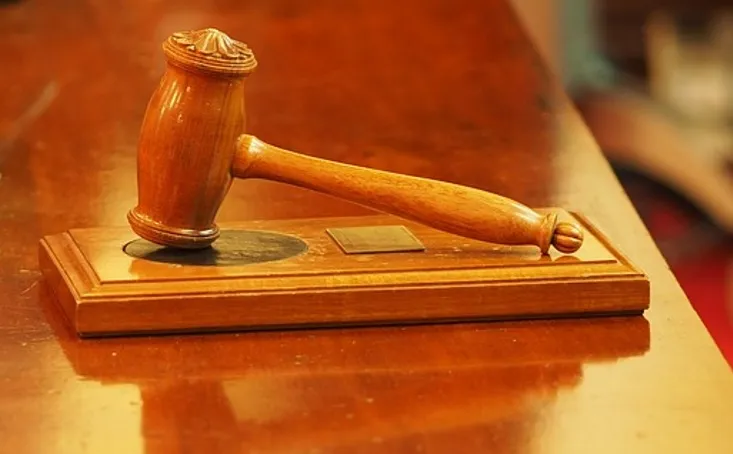TAMPA, Fla. (AP) -- A Florida man accused of a hate crime for killing a gay man is asking a judge to dismiss the charges, saying he acted in self-defense.
Gerald Radford testified on Friday that he feared for his own life when he shot John "Walt" Lay at a Tampa dog park on Feb. 2.
"I don't know if I told him to stop or not, but he wasn't stopping," Radford testified in a hearing before Hillsborough Circuit Judge Samantha Ward.
Radford is charged with second-degree murder. Prosecutors are seeking additional hate-crime penalties if Radford is convicted.
Defense attorneys cited Florida's stand-your-ground law in seeking immunity from prosecution. Such laws say people have no duty to retreat before using deadly force when they believe they are defending themselves against a violent crime.
Prosecutors dispute Radford's story. Several witnesses testified Friday that Radford had harassed Lay for months before the shooting, repeatedly using homophobic slurs. Prosecutors presented recorded jail phone calls where Radford used a homophobic slur to describe Lay after his arrest.
"It's a hate crime," Diaz said.
Paul Gumpert, a friend of Lay, testified that it wasn't in Lay's character to be the aggressor, describing Lay as "very mild-mannered and very dismissive of any pressure against him."
Lay shared a video claiming Radford had threatened him at the dog park the day before the shooting. In the video, Lay claimed he had an encounter with Radford at the park and that Radford told him, "You're going to die."
Radford acknowledged using slurs against Lay. But he told Assistant State Attorney Justin Diaz under questioning that he treated Lay differently because "of the way he treated me" and not because of his sexual orientation.
"Had you not drawn your firearm to defend yourself, do you believe you would have suffered great bodily harm or death?" Futch asked.
Radford, crying, answered yes.
But prosecutors said the trajectory of the bullet through Lay's body, as traced by an autopsy, makes it unlikely that Lay was on top of Radford when Lay was shot, as Radford claims.
"It's hard for a bullet to take the path it did if Lay had been laying or kneeling on Radford," Kelly Devers testified.
